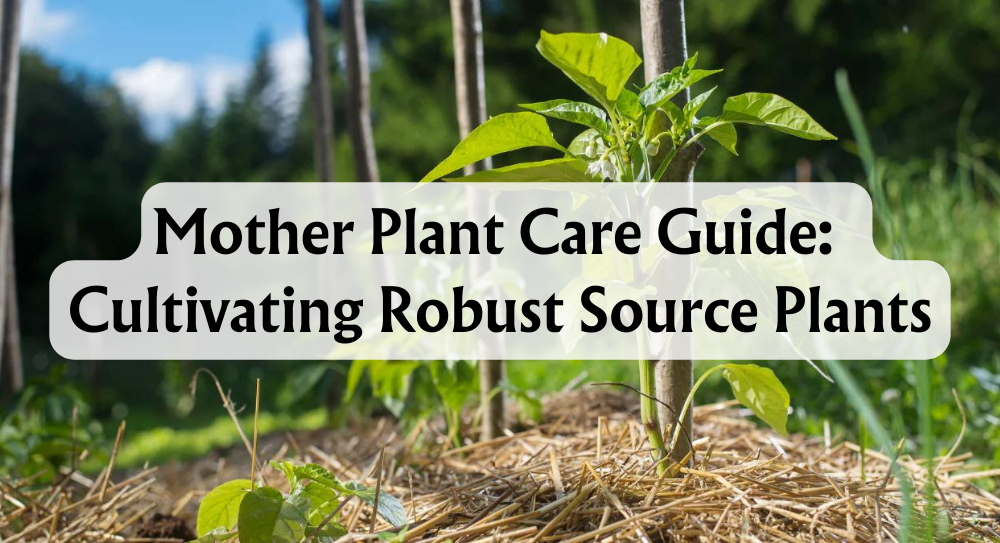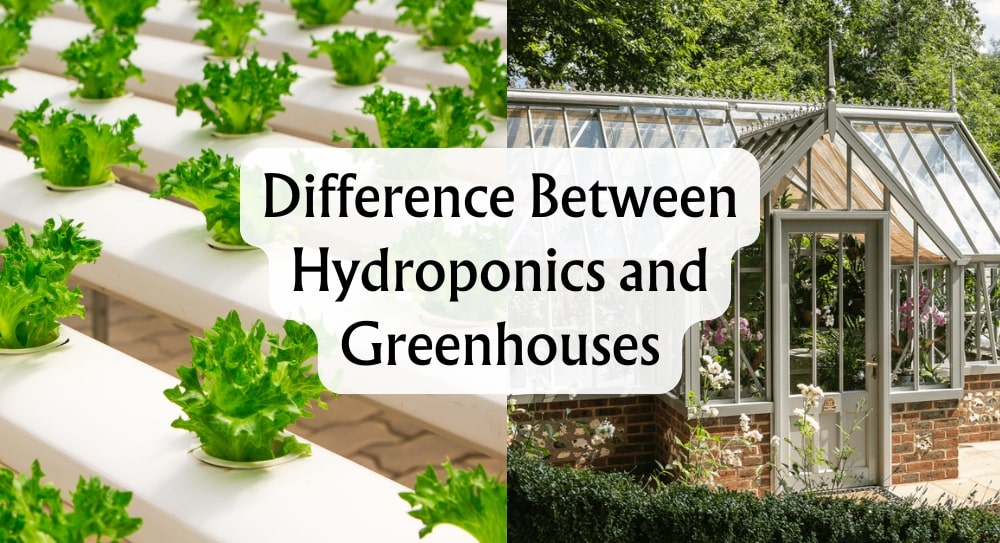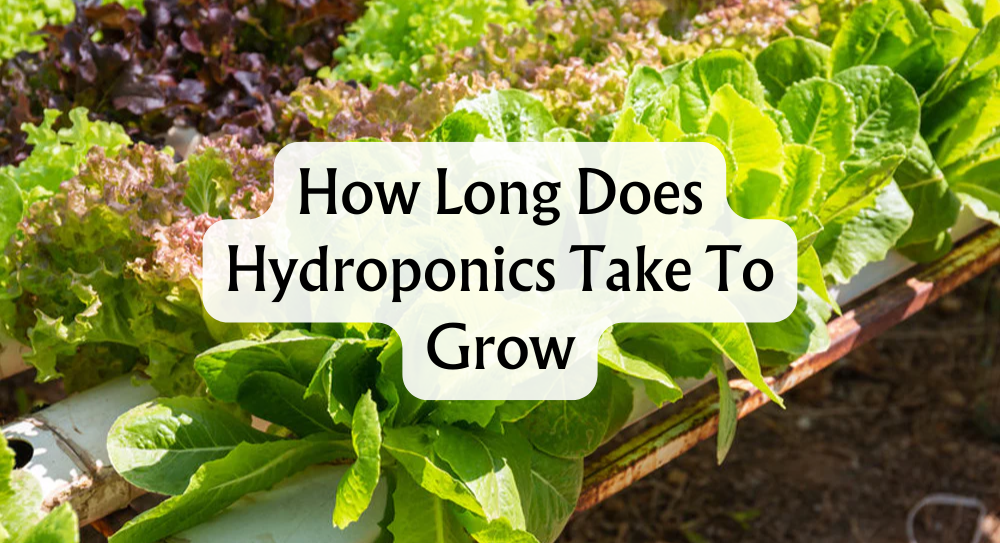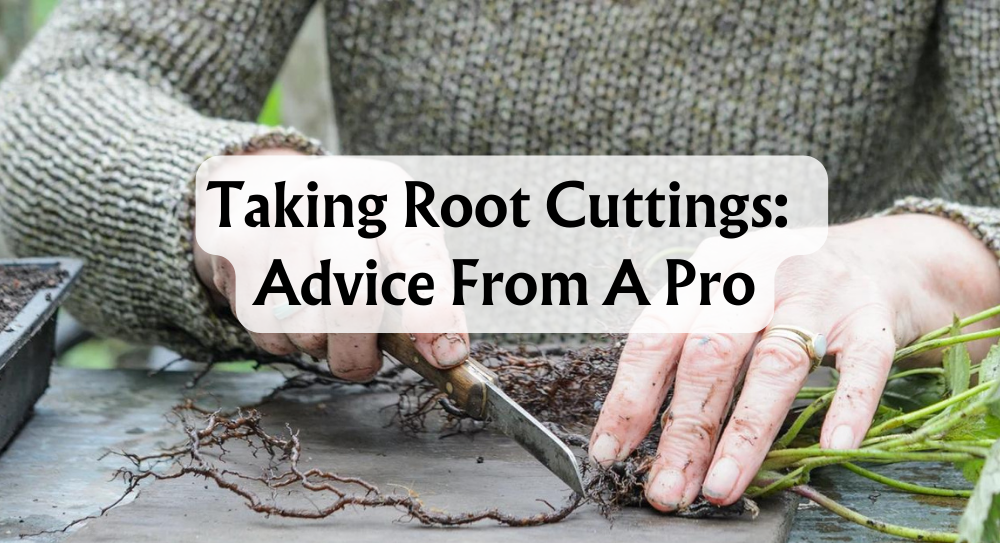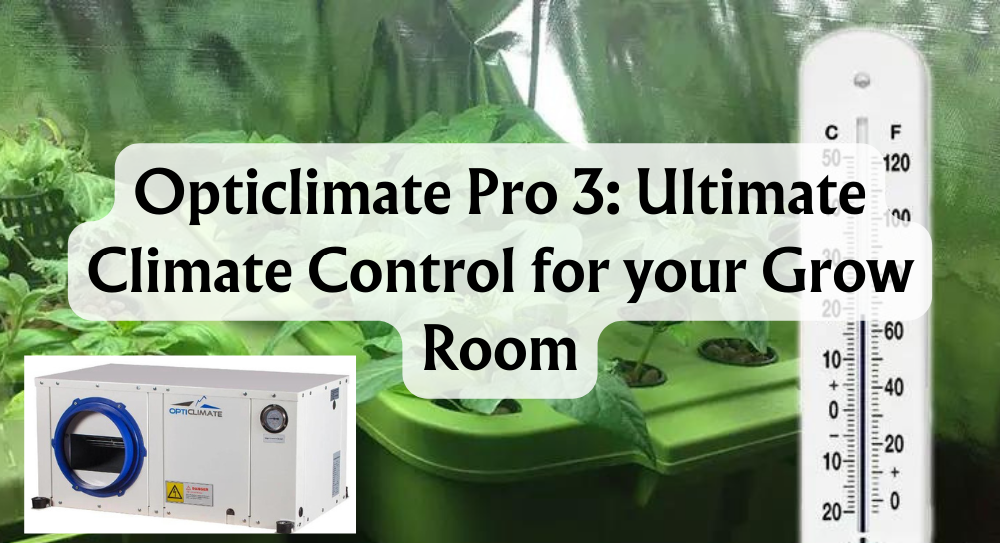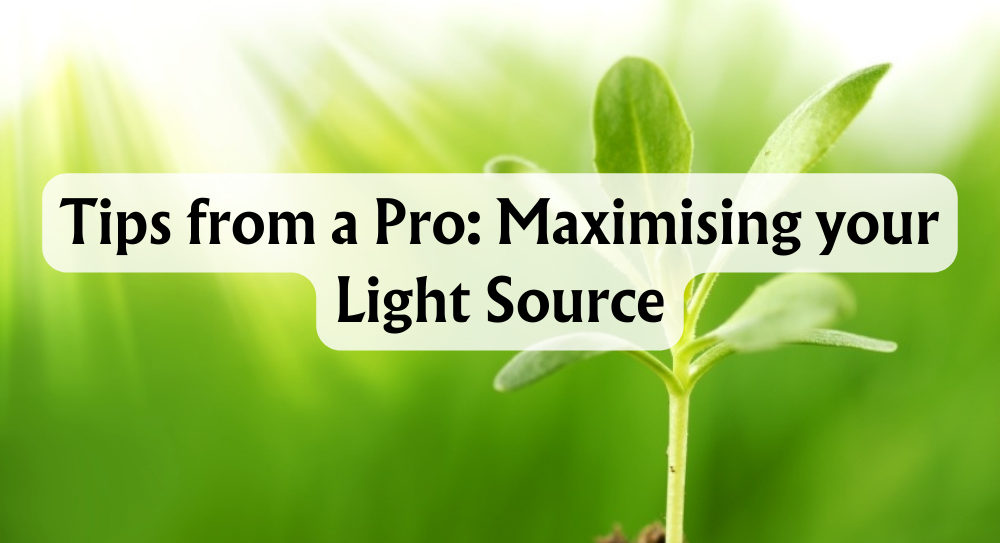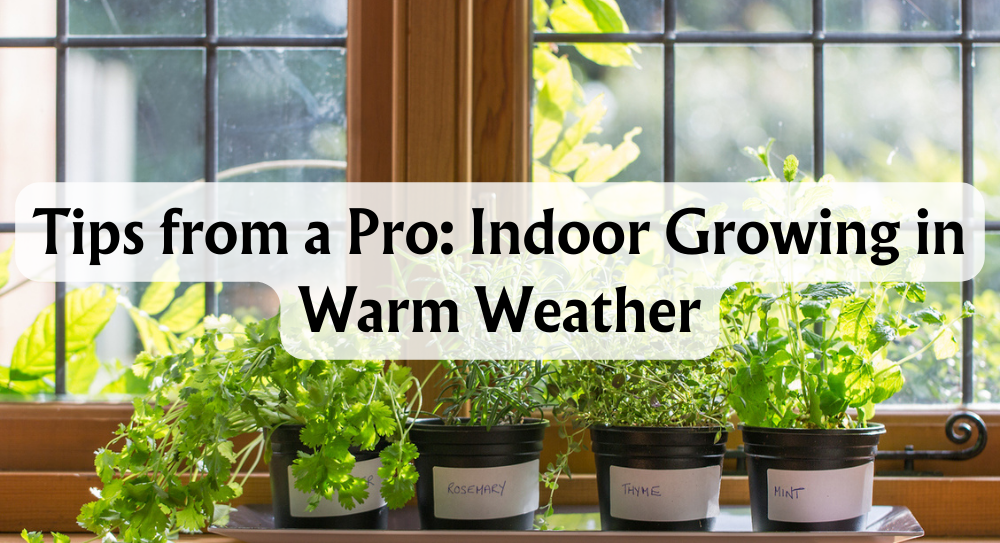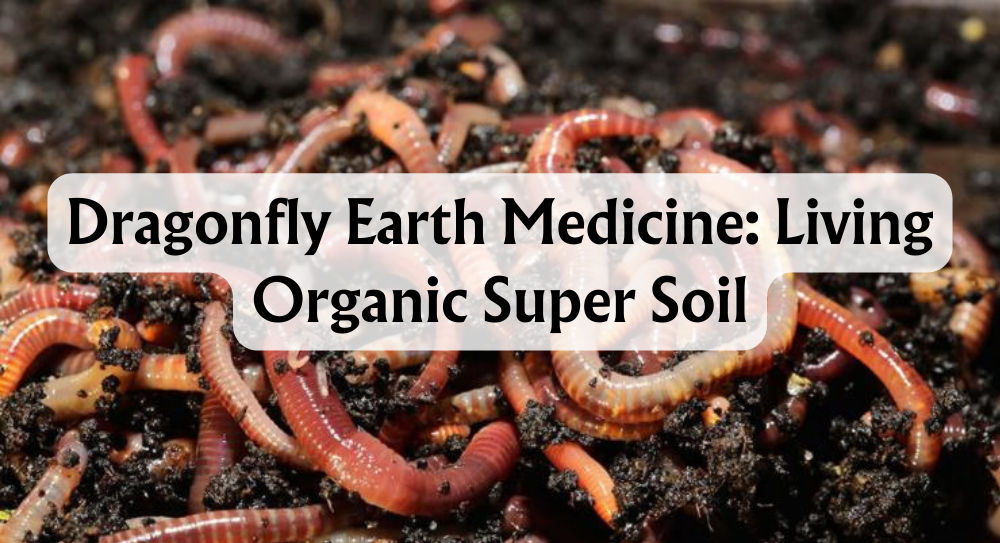Mother Plant Care Guide
Have you ever wondered how gardeners and growers manage to produce multiple plants with desirable traits, all consistent in quality and performance? Enter the mother plant, a central figure in the propagation world, offering a dependable source of high-quality clones. Essentially, a mother plant serves as the genetic blueprint for new plants, or clones, that are genetically identical to her. I'll guide you through the intriguing process of mother plant propagation, from selecting the right candidate to nurturing and taking cuttings.
Understanding the imperatives of mother plant care is crucial for any grower aiming to sustain a garden's legacy. Whether you're a hobbyist or a commercial cultivator, the techniques I'll share are designed to help you keep your mother plants healthy and productive. Plus, you'll learn how to harvest cuttings effectively, ensuring these offspring live up to their genetic potential. This article isn't just about instruction; it's about delving into the life cycle of these vital plants, examining their genetics, phenotype, and the intricate growth cycles they go through.
Key Takeaways
- A mother plant is foundational for cloning identical offspring with consistent attributes.
- Proper selection, care, and cutting techniques are essential to keep a mother plant healthy.
- The article offers a comprehensive guide on nurturing and leveraging mother plants.
What Is A Mother Plant?
Imagine I've found the perfect plant in my garden - lush, healthy, and just the kind of specimen I want to replicate. I'd designate it as my mother plant. Why? Because this is my superstar plant from which I can create clones—little carbon copies that share the exact genetic makeup. It's like hitting the jackpot in plant genetics!
The Magic Of Cloning
For us gardeners, cloning isn't a sci-fi concept; it's pure garden magic. When I take a cutting from the mother plant—usually a strong stem with a few leaves—and coax it into rooting, that young clone will grow with the same characteristics: if Mum's got sweet-tasting fruit, so will her offspring. This method means I can have a whole garden of my favourite variety without shelling out extra dough or waiting ages for seeds to sprout.
Generations Of Green
What kinds of plants can step up as a mother plant? Honestly, nearly any! From herbs to flowers, and even fruits or vegetables. The key to growing mother plants is keeping them in a vegetative state, where they're focused on leafy growth rather than blossoming into the next stage of their life cycle. This ensures a steady supply of cuttings.
Here are some brief facts about mother plants:
- Genotypically Gifted: They are the original plant with the desired genotype.
- Vegetatively Vital: Kept in a non-flowering, vegetative state for continued cloning.
- Diverse Dynasties: Can be any plant—herbs, fruits, or flowers.
Next time you're admiring a particularly splendid plant and wishing you could fill your space with its twins, think of the mother plant technique—nature's first 3D printer!
Why Keep A Mother Plant?
So, what is the secret to a bountiful and consistent garden year-round? Well, I'm delighted to share that the answer might just be in nurturing a healthy mother plant. Not only does she become the backbone of your garden, but she also ensures a perpetual harvest, a dream for every grower.
Advantages Of A Mother Plant
-
Genetic Consistency: The offspring from a mother plant are clones, meaning they'll inherit her traits. In the context of cultivation, this translates to preserving the desired potency, flavour, and aroma.
-
Cost-Effectiveness: Instead of purchasing seeds or new plants repeatedly, I can snip cuttings from the mother plant, saving quite a bit of money. Over time, this significantly reduces costs for me and my fellow growers.
-
Healthy Cuttings: A robust mother plant gives rise to vigorous cuttings. This leads to an increase in the yield of the harvest as the plants grow strong and healthy.
-
Reduced Risk: By controlling the environment around one single mother plant, I dodge the bullet of pests and diseases, which are often a threat when introducing new plants from outside.
Community And Experimentation
It's heartening to swap cuttings with fellow gardening enthusiasts. It fosters a community spirit and lets us explore different plant varieties. Moreover, I get to experiment with various growing methods on these consistent cuttings, refining my green thumb.
Testimonials often underscore that mother plants tend to be the unsung heroes. For instance, a seasoned grower reported a substantial improvement in both the quality and quantity of their harvest after transitioning to a mother plant system.
So, whether you're a hobbyist or a professional, considering a mother plant could well be your ticket to a more fulfilling and fruitful gardening experience. Why not give it a shot and watch your garden thrive under your care?
Selecting Your Mother Plants
When I'm picking out mother plants, it's vital to look for ones with the best genetics and robust health to ensure the same quality is passed to their clones. Here's my approach to making that all-important decision.
Criteria For Selection
Strain: The strain is the starting point; I aim for those with a reputation for their desirable traits, be it flavour, aroma, or resin production.
Phenotypes: Opt for a healthy plant with stable and known phenotypes. This guarantees uniformity among the plant's clones.
Growth Rate and Yield: A mother plant needs to have a strong growth rate and a high yield. More vigorous plants tend to produce more cuttings, and that's what I'm after.
Resistance To Disease: I always choose a plant that's highly resistant to pests and diseases. Trust me, it's easier than dealing with sickly clones down the line!
Seeds vs Cuttings: I usually ponder if I should grow from seeds or use cuttings for predictable genetics. Both have their merits, and it often comes down to what's available and legal.
Legal Considerations: It's crucial to be aware of the legalities around plant cloning, especially with patented strains, so I make sure to do my homework.
Sensory Experience: Aroma and flavour matter. I look for mother plants that have the sensory profile I want my clones to exhibit.
Labelling: To stay organised, I label everything meticulously, from the initial seedlings to the final picks. Monitoring each plant's growth and comparing notes help me determine the best one.
Evaluation: The evaluation phase is all about comparisons. I assess my options on a set standard of criteria and keep what works for me and my garden.
Decision Time: Making the pick isn't always easy, but once I spot that resilient, high-quality plant with the characteristics I favour, I know I've found my mother plant. It's a rewarding moment!
When you select a mother plant it can set the foundation for a successful crop. It's a bit like selecting an Olympic athlete to parent the next generation of champions – pick the best, and you'll be set up for success!
How to Grow A Mother Plant: Step By Step Guide
In this guide, I'll walk you through the critical steps to successfully maintaining mother plants. We'll cover the right environment, important nutrition, the perfect light conditions, and training techniques to ensure your mother plant thrives.
Choosing The Right Environment
Creating the optimal environment is like setting the stage for a winning performance. My grow space must be controllable for factors like temperature and humidity. Ideal temperatures range between 22-26°C, with humidity sitting comfortably around 60% during the vegetative state. It's essential to choose a growing medium, be it soil, coco coir, or a hydroponic setup. Remember, soil should be rich and well-draining, while coco requires regular feeding since it lacks nutrients.
Nutrition And Feeding Schedule
Feeding a parent plant is not unlike crafting a gourmet dish—the right ingredients make all the difference. A balanced feed containing nitrogen, potassium, phosphorus, calcium, and magnesium supports vigorous growth. I keep an eye on the pH level, aiming for a slightly acidic environment around pH 6.0 for soil or 5.8 for hydroponics. My feeding schedule doesn't sleep on the job; I adhere to a consistent routine that supplies liquid fertilizers every other watering to avoid overfeeding.
Lighting And Photoperiod
Light is life, and for my mother plant, the veg light serves as the sun around which its world revolves. I ensure at least 18 hours of light daily to keep mother plants in a vegetative state, using full-spectrum LED lights or MH (Metal Halide) bulbs for efficiency and effectiveness. This photoperiod signals the plant to grow rather than flower, which is exactly the right amount of light for a mother plant.
Training Techniques
Training my mother plant is where I channel my inner gardener-sculptor. Techniques such as topping, pinching, and bending allow me to shape the plant to be bushier and promote more branching, which in turn provides more cuttings. It's not about brute force but gentle persuasion, encouraging the plant to grow in the direction and shape that I want without overstressing it.
By following these detailed steps and maintaining a delicate balance between discipline and care, growing a successful mother plant becomes an incredibly rewarding experience.
Caring For Your Mother Plants And Clones
When you embark on the journey of nurturing mother plants and their subsequent clones, you're committing to a craft that blends art with science. The vitality of your clones hinges on the well-being of the mother plant, so attention to detail in pruning, feeding, and pest control is paramount.
Pruning And Maintenance
Pruning is essential for promoting a bushy growth structure and ensuring vigorous clones. It will also keep the plant in good health. I always start with sterile equipment to prevent disease transmission. Topping the plant — cutting the main stem above a leaf node — encourages lateral growth and more sites for cuttings. Between stages of vigorous growth, pinching out the tips of new growth helps to establish a fuller shape. Regular defoliation is also important; removing older, lower leaves improves airflow and light penetration.
Maintenance involves more than pruning. I root my cuttings in a well-aerated medium like coco coir, which promotes healthy root development. For robust veg growth, I ensure my mother plant's environment stays between 20-25°C with relative humidity around 60-70%. I feed her a balanced diet rich in nitrogen, potassium, calcium, and magnesium, with consistent pH levels to keep nutrient absorption optimal.
Pest And Pathogen Prevention
My mother's plants are precious, so I'm always on guard against pests and pathogens. Inspecting the plant regularly is my first line of defence; the sooner I spot trouble, the better. I prefer to keep my grow area impeccably clean and implement good airflow to prevent stagnant, humid conditions where pests thrive. Introducing beneficial insects can sometimes help, as they prey on common pests like spider mites and aphids.
If I do encounter pests or fungal issues, I reach for organic solutions first, such as neem oil or a mild soap solution. Over the years, I've learned that the key to pest and pathogen control is to act swiftly but thoughtfully, avoiding harsh chemicals that could harm the plant or the efficacy of future clones. Decisive, informed action can save a mother plant from infestations which could otherwise spell disaster for both her and her clones.
Taking Cuttings From The Mother Plant
Have you ever wondered how to create clones of your favourite plants? Taking cuttings from a mother plant is a simple and efficient way to do just that. The process can yield identical offspring which preserve the mother plant's genetics. To increase your chances of successful rooting, follow these steps.
First off, when should you take cuttings? It’s best done early in the morning when the plant is full of moisture. Now, let’s get down to the nitty-gritty:
Step 1: Preparation Prepare your tools – you’ll need sterile scissors or a sharp blade. Sterility is vital to prevent any disease transmission.
Step 2: Cutting Identify a healthy branch and cut at a 45-degree angle. This particular angle increases the area available for rooting.
Step 3: Rooting Gel Dip your cutting into a rooting gel. This step is not mandatory, but a rooting hormone can significantly improve your success rates.
Step 4: Media Selection Choose your media. Your options range from rockwool cubes to peat pellets – it needs to be moist and well-aerated.
Step 5: Environmental Control Maintain a controlled environment using a propagator to uphold high humidity and stable temperatures.
| Step | Action | Tip |
|---|---|---|
| 1 | Sterilise cutting tool. | Isopropyl alcohol is a convenient steriliser. |
| 2 | Cut the branch at 45 degrees. | Sharp tools make cleaner cuts for better rooting. |
| 3 | Apply rooting hormone. | Rooting gels are cleaner and easier to use. |
| 4 | Insert into media. | Ensure the media is pre-moistened. |
| 5 | Control the cuttings' environment. | Propagators with vents can help manage humidity. |
Remember, patience is key! It may take several weeks for your cuttings to root properly. You can improve your success rate with a heating mat beneath your cuttings to encourage growth. Avoid direct sunlight; instead, opt for gentle indirect light. Before you know it, you’ll have baby plants all ready for potting on!
The process is incredibly rewarding and simpler than you might think. So go on, give it a try! Who knows, you might just get hooked on expanding your plant family.
Conclusion
In mastering the art of cultivating mother plants, I've found it both rewarding and strategic, particularly for sustaining a consistent quality of harvest. By maintaining these plants in a vegetative state, I've ensured a steady supply of clones, mirroring the mother's robust genetics. The three key attributes of cultivating mother plants are:
- Consistent Quality: Mother plants serve as a blueprint, allowing home and commercial growers to replicate their best genetics.
- Economical: Growing from clones reduces the need for purchasing seeds, saving a considerable amount of money in the long run.
- Efficiency: With clones, the guesswork from seed germination is eliminated, speeding up the growing process.
As a grower, I can attest to the growth advantages of using a mother plant. My clones transition to the flowering stage remarkably well because they're genetic copies of a proven, high-quality plant. This reliability translates to peace of mind and more predictable yields.
To sum up, a well-cared-for mother plant is at the heart of any fruitful cultivation cycle. Both home growers and commercial operators benefit greatly from the plant's ability to produce numerous, identical offspring. It's a tried and tested method that contributes to a garden's success, improving not just the growth but also the harvest quality. Embracing this technique will transform your growing experience, and I'm confident it will elevate your gardening endeavours.







 Store Locator
Store Locator
